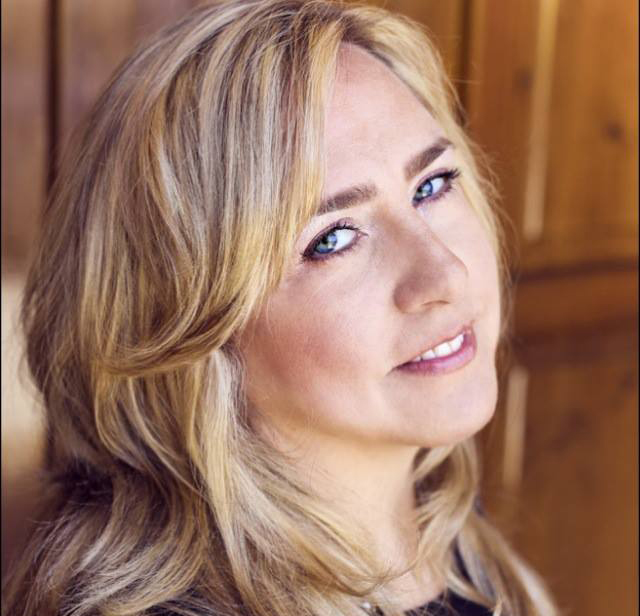
Maureen Downey
Founder, Chai Consulting
Inventor, Chai Method, Chai Vault and Chai Caplet
We manage wine collections. We buy and sell wine on behalf of clients. We train retailers, restaurant staff, wholesalers, auction houses, and interested individuals in counterfeit bottle detection. We consult for several federal agencies and provide expert witness testimony on behalf of defrauded clients. As authenticators of wine, we must also keep ahead of the evolving techniques of detection and explore the rapidly developing technologies in order to effectively identify counterfeit wine in the global market.
What is wine authentication? When a bottle’s origin is in dispute, we employ a systematic approach to assess whether the wine is genuine and consistent with known production standards and practices, or not. This method of authenticating derives from my over twenty years of experience in handling fine and rare wines (WineFraud.com). My process often captures over 130 data points per bottle, and involves photography, both conventional and microscopic.
Counterfeit wine is no small problem. Of the $304 billion of wine sold worldwide each year, $60 billion is estimated to be fake. The situation is primed to worsen. Knight Frank (2017) has deemed fine wine to be the best-performing collectible, outpacing classic cars, jewels and even art—making the industry evermore ripe for fraud. To make matters worse, wine fraud is rarely caught, and even when caught, carries an incredibly light sentence compared to the dollar values of the crimes. As a result, wine fraud in the forms of counterfeiting and theft are on the rise globally. With wine now accounting for $220 billion dollars to the annual U.S. economy, this is no longer a problem that can be ignored (Eads, 2017).
Until recently, the fundamental limitation of authentication had been that authenticity was valid only one time –in and of the moment of issuance. There was no way to tie a physical, or electronic document of authenticity to a specific bottle for the duration of that bottle’s life. Once either leaves the room, how does one prove that any certificate of authenticity, or authenticated bottle was once certifiably linked? Moreover, how to prove that neither has been altered? Many of the traditional tools have showed themselves to be vulnerable in their track-and-trace abilities. Because of this uncertainty, each time a bottle is presented for sale, it must be reassessed—painstakingly examined anew. While this churn is in theory good for our side of the business, it is not ideal for sellers, buyers, and consumers. Not only is authentication time consuming, it is costly.
So the problem, long identified – How to tie a certificate of authenticity, or a report of forgery, to a specific bottle of wine? The solution needed to be immutable, as long lasting as the bottle itself, and address the now global trajectory of a bottle’s journey through the marketplace. Enter the blockchain.
How blockchain answered some of the challenges of the authentication of wine came from an entirely different industry with an entirely different product –diamonds. Nonetheless, the process of capturing the descriptive characteristics of a particular stone, and recording them in an indelible, tamper-proof, timeless, and distributed digital ledger, is analogous to the work with, and desired solution for, bottles of wine. As cut, clarity, color, weight, and laser inscriptions are the uniquely defining features of a gem, so glass, label, ink, glue, foil, fill level, engraving, and other markings identify a particular bottle. As conflict and synthetic stones sully the supply chain of the diamond trade, fraudulent bottles of counterfeit wines damage the wine market.
Blockchain generates a secure digital ledger, which creates a time-stamped record of every single transaction and addresses the quandaries of immutability and longevity for the electronic portion of the solution. There are both private and public blockchains. The similarities for both include:
These “permissioned” blockchain networks can be applied to a variety of industries (Jayachandran, 2017).
But, as with other product lines, a layering of physical—not just digital—protection is recommended. For wine, such protection includes rendering a bottle tamper-proof. Bottles are easily emptied, then refilled. Not only are corks removed and replaced, but needles are often used to drain, then substitute the original wine, leaving almost no visible evidence of the swap. Accordingly, a thin, plastic covering, with several highly sensitive, layered, and serialized security features placed over the top of the cork, can provide the physical component necessary to fully securing a bottle in the blockchain. Not only would this cap show proof in a case of tampering by either cork removal or piercing, it would allow tracking of the bottle’s location. The combination of these methods creates a permanent, indelible record that ensures authenticity of older wines in the secondary market, and also tracks provenance for a new wine as it moves from producer to direct consumer.
The world’s top brands face an ever-increasing threat from counterfeiters. Technologies, such as blockchain, are emerging to address this issue in the digital world. In my industry, blockchain offers producers, sellers, buyers and consumers of wine protection and traceability from bottling line to wine glass.
THE BRAND PROTECTION PROFESSIONAL | DECEMBER 2017 | VOLUME 2 NUMBER 4
COPYRIGHT 2017 MICHIGAN STATE UNIVERSITY BOARD OF TRUSTEES
